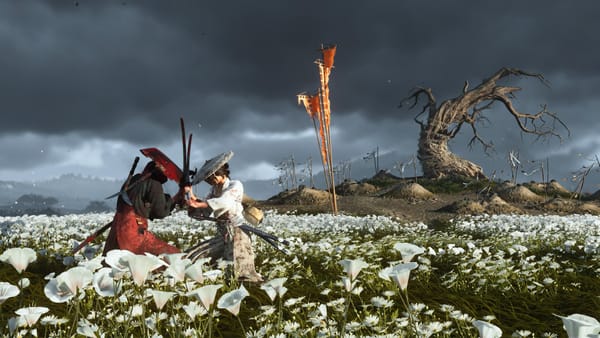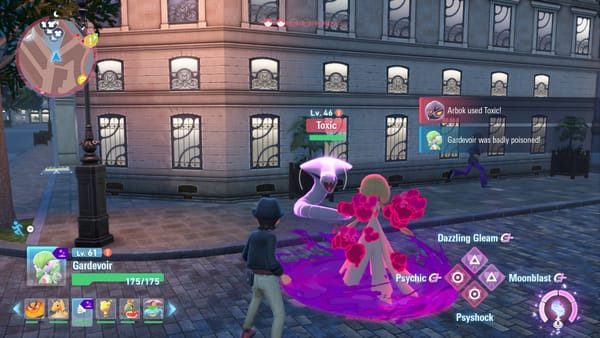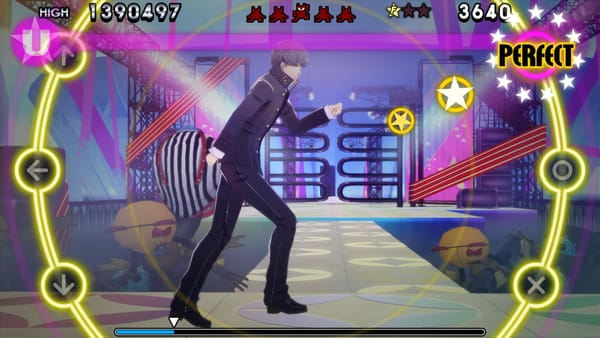Xbox 360 was the first modern console
Every console today can trace a line back to the Xbox 360.
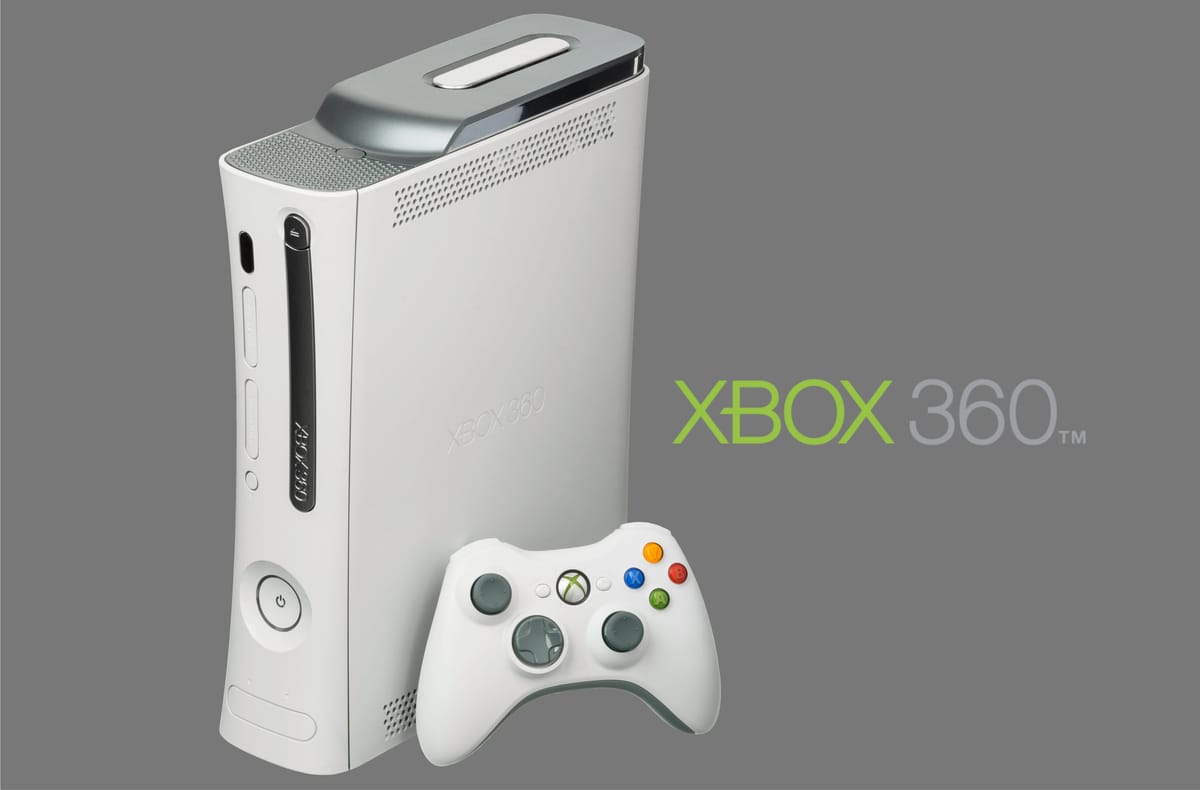
The funny thing about the Xbox 360 is that it actually lost.
I know the idea of winners and losers in the Great Console Wars™ are a bit childish. But it feels surprising that, between the Wii, PlayStation 3 and Xbox 360, it’s Microsoft’s console that sold the fewest of that trio. It even had a year’s head start!
It feels intuitively wrong because of the impact it had. Twenty years on, so much of what makes a modern video game console comes from the ideas and concepts introduced by the Xbox 360.
Before the 360, consoles didn’t really do anything on their own. They were passive devices that existed to play whatever cartridge or disc you put in. They had more of an identity than, say, a CD or DVD player, but functionally they were the same: without a disc, they were useless. In this 2005 preview of Microsoft’s plans, Edge magazine suggested that the 360 would be different:
The next-generation Xbox will no longer be a transparent device that becomes a Halo machine or a Burnout machine depending on which disc it has in it. Instead, it will have a character and a functionality all of its own, and will have a pervasive effect on the games to which it plays host.
That character was fully on show the minute you booted up the 360. Instead of going straight to a game, you arrived at the bold, colorful dashboard. A series of vertical tabs — “blades” — highlighted a different set of functions: Xbox Live, Games, Media, System.

So much of my love for the 360 is tied to that image right there. For the first time, the console wasn’t an empty vessel, but a destination in its own right. And each of those blades laid out those possibilities: Xbox Live was your social space, to see what your friends were playing and to chat with them. It also allowed you to download demos and games, which you could launch from the Games tab. Switch to the Media tab to play music straight off your iPod or stream TV shows from your PC. System, of course, was where you configured settings. The blades were a brilliant way to both streamline and showcase all that functionality without overwhelming users.
This sounds basic today, but remember, this was 2005. Downloadable games were rare on consoles before the 360; virtually every game console before this needed you to actually get up to insert a cart or disc. Even on PCs, Steam had only just started selling third-party games earlier that year. Skype was just a couple of years old, so phone calls over the internet was still a new thing. Hell, Facebook didn’t open up to everyone until 2006. You could argue that Xbox Live was one of the first social networks.
I’ll never forget the first time that I played Project Gotham Racing 3 here in Hong Kong while chatting to a friend in Seattle who was playing Perfect Dark Zero. A free call? Over the internet? While we play two completely different games? This felt like witchcraft.
But that's what all consoles are like now. Every modern console has a big, bold dashboard brimming with things to do. They all have a built-in store to download games. They all allow you to freely chat with friends (or groups of friends) independent of games. Okay, I can't hook up my iPod to a PlayStation 5, but I can stream songs from Apple Music. They're all following in the footsteps of the giant leap taken by the 360.
This wasn’t necessarily an inevitable direction, either. You can see a clear difference in thinking between Microsoft and its rivals when you compare the 360’s dashboard to the interfaces for the PlayStation 3 and the Wii. The PS3’s XMB (“XrossMediaBar”) UI is beautiful, but austere; it’s very functional and very pretty, but lacks life. The Wii Menu's little channel boxes were fun and tactile in the classic Nintendo manner, but static. They were both built to take you where you want to go as quickly as possible. They weren't designed to make the dashboard more engaging, just more efficient.

The 360’s interface evolved over the years and moved away from the blades, but it leaned further into being dynamic and lively. It was the first console to embrace always being connected to the internet, so the dashboard emphasized that by highlighting which friends were online or what new games were out. I would argue that the PS5 interface draws more inspiration from the 360 than the PS3. (Nintendo, as always, is off on its own doing Nintendo things.)
The passage of time has compressed what was then the longest console generation to date, but it felt like there was a non-stop line of truly great games. Mass Effect, Red Dead Redemption, Dead Rising, Alan Wake, Mirror’s Edge and so many more showed that major publishers weren’t afraid to take risks with big-budget titles. There are so many forgotten gems like Stranglehold, Rainbow Six: Vegas and Split/Second that won’t make many top ten lists but were part of the feeling that the 360 library was full of hits, that there was always something unique to play.
And there’s a certain irony in that the first high-def console, the one that ushered in an era of sky-high production values, was also the one to introduce a home for smaller, simpler but no less engaging games. Xbox Live Arcade created a space for downloadable titles like Geometry Wars: Retro Evolved. Something like Pac-Man Championship Edition or OutRun Online Arcade doesn’t feel like it could exist as a disc in a box on store shelves, but works perfectly as low-priced download. And Microsoft pushed it hard with promotions like the Summer of Arcade, the first of which threw the spotlight on Braid. You can argue that it opened the door for indie games to receive mainstream prominence, something Microsoft continued with the Xbox Live Indie Games program.

The impressive line-up of games meant that the 360 was even popular here in Hong Kong, normally a place that takes gaming cues from Japan. The 360, like the other Xboxes, bombed in Japan. Here though, the 360 was everywhere. I spent half my time in Battlefield 3 fighting in a squad with the guy who owned my favorite game store (yup, the same store that saved me a Switch 2).
That success felt surprising because, looking at the initial framing of many of the 360’s features, it felt so… American. At the unveiling, Microsoft talked of Gamer Zones to define who you were to the community; of showing off your Achievements, of making a name for yourself online. It all felt so aggressive, focused on turning regular folks into celebrities through cutthroat competition in a way that only Americans seem to love so much.
But it worked, and the 360’s community became a real strength. It felt like everyone I knew was on my friends list, from family to internet acquaintances to work colleagues to, yeah, my local game shop guy. My favorite part of the day was coming home after work and firing up the 360 just to see what everyone was playing. Sure, sometimes I’d join in with their multiplayer sessions. But a lot of the time it was just seeing the diversity of the library and player base by watching what everyone else was doing. There’s no better way to get recommendations for a new game than to see what your friends loved to play!
I started by saying that the 360 came last. That’s true… but also a bit cheeky on my part. The 360 did indeed finish 3rd of 3, but it also sold over 80 million consoles. That still makes it one of the best-selling consoles ever, a figure all the more impressive considering how poorly it sold in Japan.
What did surprise me was that the 360’s success did not carry forward to the next generation. The video game industry is used to fortunes shifting dramatically when consoles move from one generation to the next. But I thought the 360’s vibrant community meant that Microsoft had cracked that problem. On 360, I had a great gamertag, a decent gamerscore full of achievements and a huge list of friends. I wasn’t going to leave all that behind, right? We’ll all go forward to the next Xbox together... right?
And then the Xbox One happened.
Sony, smartly, positioned the PlayStation 4 as the sane alternative to the Kinect-powered, DRM-filled smart TV accessory that Microsoft seemed to be positioning Xbox One as; not a game console, but a lifestyle accessory. Some people stayed with Xbox. Many others, including me, went to the PS4. The 360 community, that one big happy family that I loved so much, was gone.
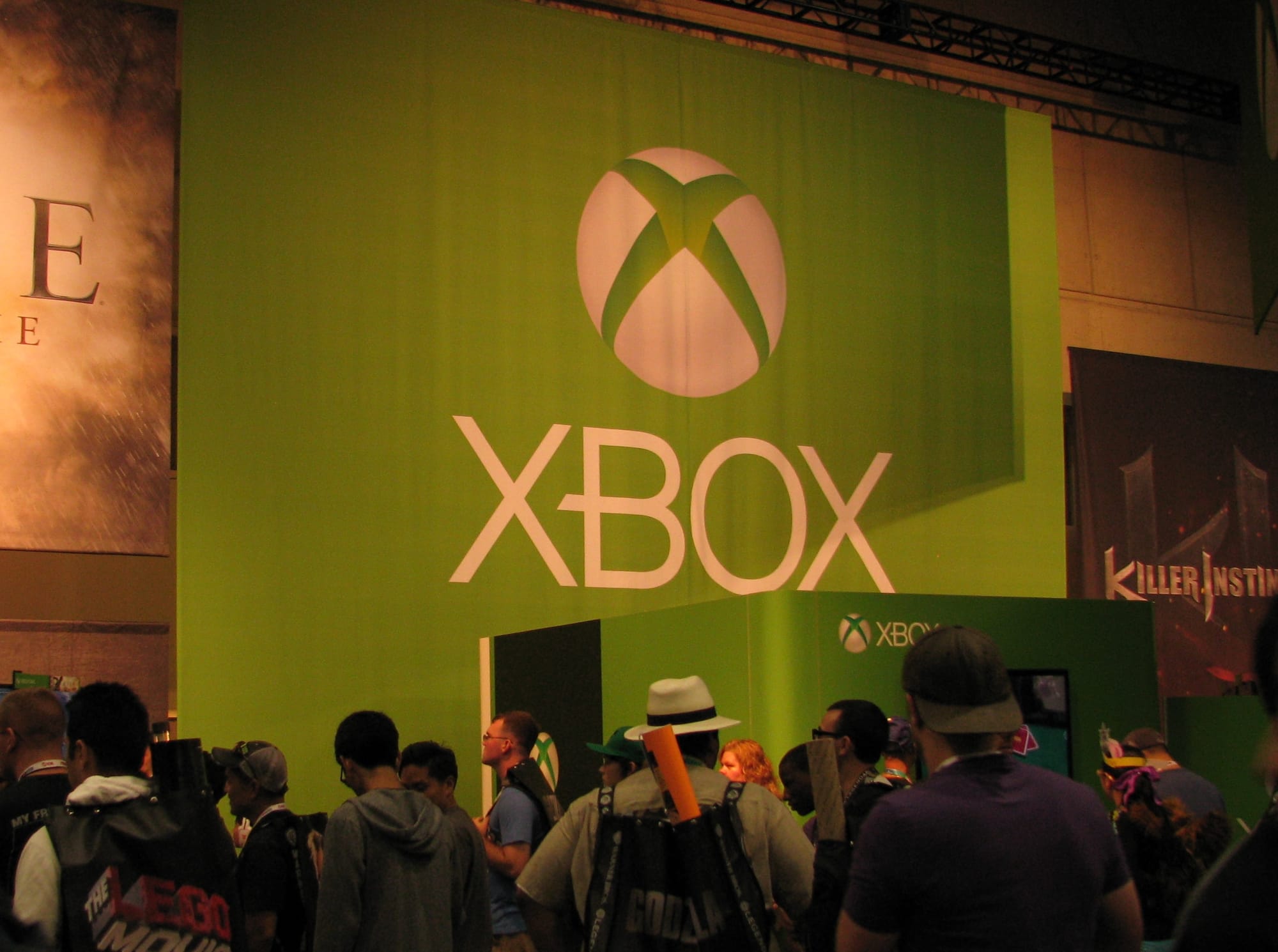
Given the ongoing, seemingly never-ending Xbox struggles, it feels like the 360 will forever be seen as the high point for Microsoft in console gaming. But the story of Microsoft’s failure is for another day. Today is not a day to moan, but to celebrate, because there were so many things the 360 did right.
It was the first console designed for HDTVs. It embraced being online all the time. It built a community, as fragile as it was wonderful. The first console to make wireless controllers standard. It was full of thoughtful touches like detachable battery packs for those wireless controllers. And it had a truly brilliant lineup of games.
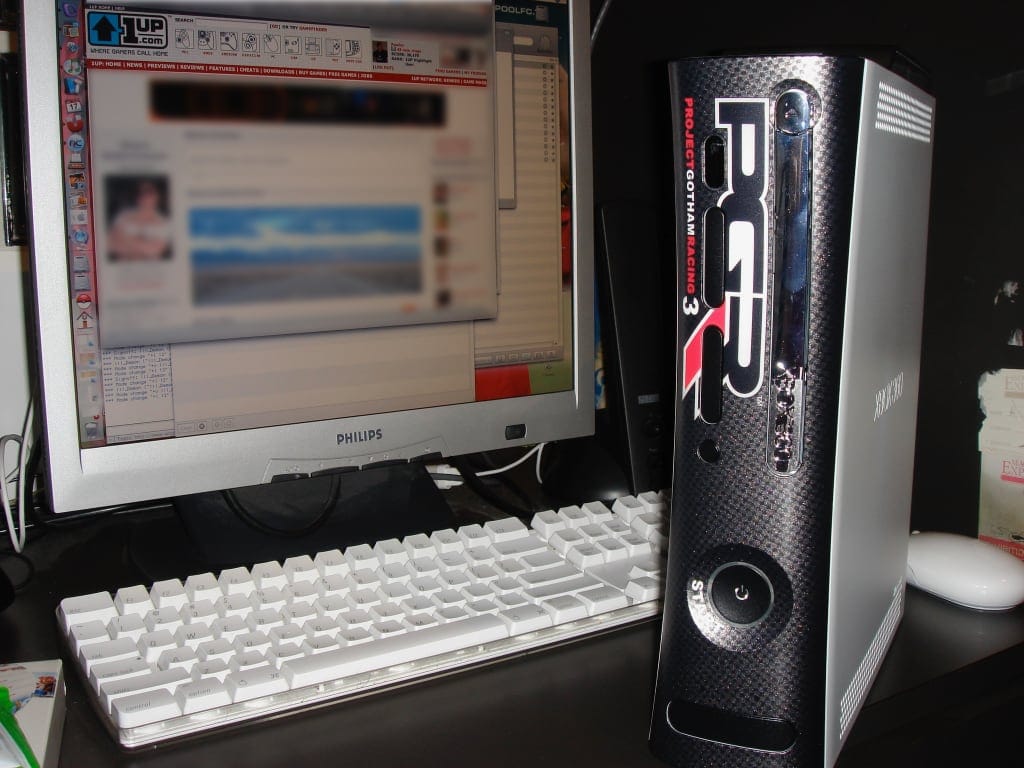
In some ways, the 360 felt a bit like the PlayStation 2, which remains (for now) the best-selling console of all time. When it came out, there was something a little scary about the PS2. For years, gaming was reserved for, well, gaming companies like Nintendo and Sega. But Sony was an order of magnitude bigger than either of them. And when the world’s leading consumer electronics brand brings all that expertise into making a game console, well, you get the PS2. It wasn’t just another console, it was a flex.
The Xbox 360 felt like that. It was just so confident. You looked at all the ways Microsoft was taking things forward and thought: shit, maybe they actually do know what they’re doing. And just as Sony was far bigger than Nintendo, Microsoft is much more massive than Sony. If the PS2 was a demonstration of strength, then so was the Xbox 360: here's what the world’s most powerful software company can do when they really focus on gaming.
Damn. How could Sony and Nintendo ever expect to compete with that?




